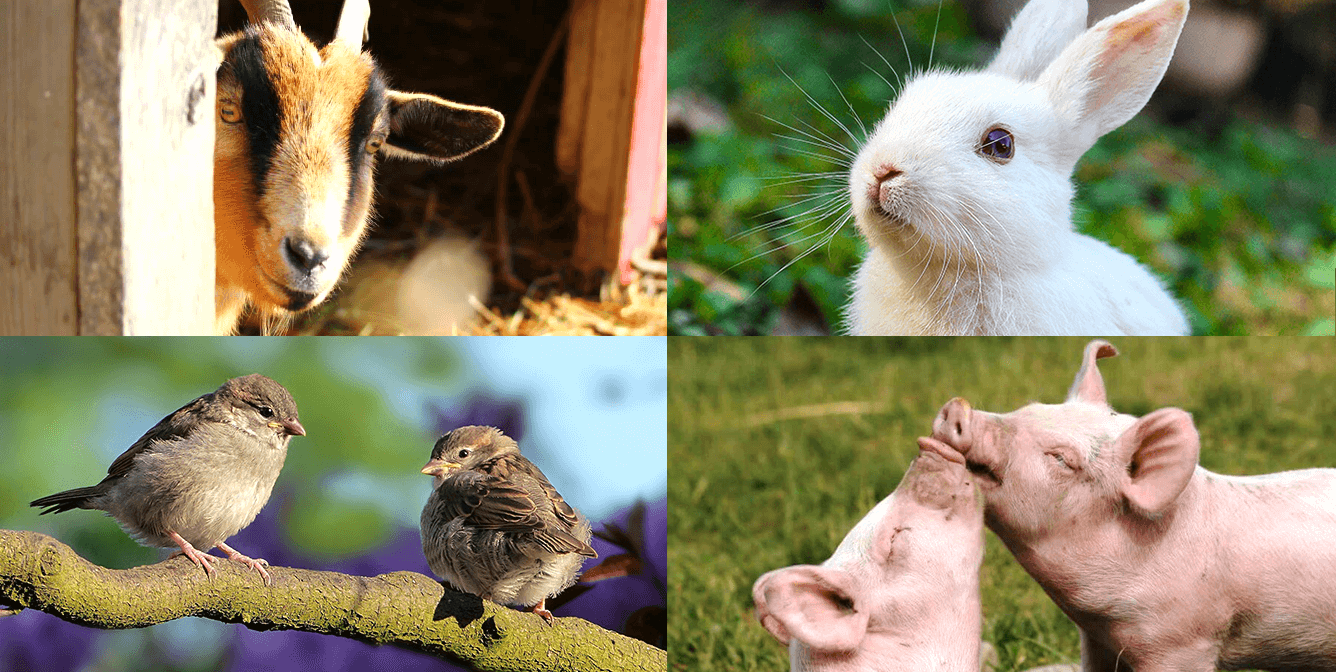
sen·tient /ˈsen(t)SH(ē)ənt/ adjective 1. able to perceive or feel things.
I recently presented at the Institute of Critical Animal Studies (ICAS) conference on “Recognizing Non-Human Animals as Sentient Beings”. I
Weeknights 7PM - Midnight
Weekends 8AM - Midnight
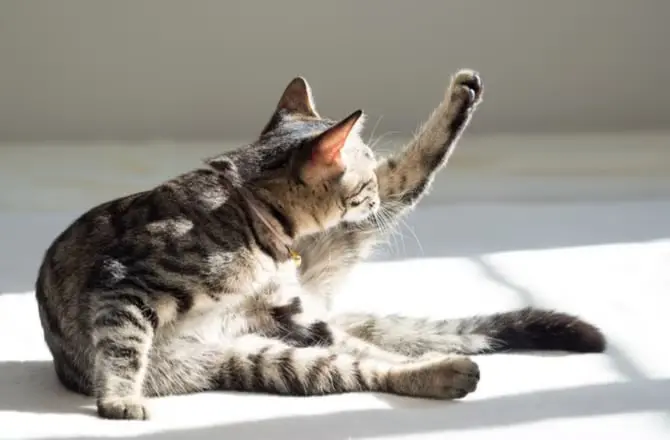
After thirty years of veterinary practice, I’ve learned that cats are the ultimate poker players of the animal kingdom.
While dogs will dramatically limp across the room with the theatrical flair of a Shakespearean actor nursing a splinter ( I only jest, in some cases signs are subtle and difficult to recognize-stay tuned for part two of this series next week) , cats have mastered the art of suffering in silence. It’s both their greatest evolutionary advantage and our biggest diagnostic challenge. Cats inherited this stoicism from their wild ancestors, where showing weakness could mean becoming someone else’s dinner. Unfortunately, this means that by the time Mr. Pancake starts obviously limping, he’s probably been hurting for weeks. It’s like having a patient who considers a broken leg merely “a slight inconvenience.”
The research backs up what we see clinically. Studies have shown that cats experience pain similarly to humans and dogs, with the same neurological pathways and responses (Steagall et al., 2013). Yet their pain recognition and treatment has historically lagged behind, partly because their signs are so subtle. As I often like to say, cats don’t read the textbooks on how they’re supposed to act when they hurt.
So how do we crack the code of feline pain? It’s all about becoming a detective of the mundane. That cat who’s suddenly eating more slowly isn’t being polite—they might have dental pain. The fastidious groomer who’s looking a bit unkempt isn’t having an existential crisis about their appearance; arthritis might be making those previously effortless contortions painful.
The Subtle Signs Pet Owners Should Watch For
Behavioral changes are your biggest clues. A normally social cat who starts hiding under the bed, or a lap cat who suddenly prefers solitude, is often telling you something hurts. Changes in litter box habits—especially avoiding the box or perching on the edge rather than squatting fully—frequently indicate arthritis or other painful conditions.
Appetite and eating changes speak volumes. Cats in pain might eat less, take longer to finish meals, or show preference for softer foods. If your cat starts gulping food without chewing or drops kibble frequently, dental pain could be the culprit.
Mobility tells a story. Watch for reluctance to jump up or down from favorite perches, using stairs instead of leaping, or sleeping in more accessible spots rather than high hideaways. These aren’t signs of laziness—they’re adaptations to discomfort.
Grooming patterns shift dramatically. Over-grooming specific areas might indicate localized pain, while decreased grooming overall often suggests generalized discomfort or mobility issues preventing normal self-care.
Vocalization changes vary by individual. Some cats become more vocal when uncomfortable, while others grow quieter. Know your cat’s normal “voice” and note deviations.
The Glasgow Composite Measure Pain Scale-Feline, developed specifically for cats, has revolutionized our ability to assess feline pain objectively (Reid et al., 2007). It evaluates posture, activity, vocalization, and response to touch—all things observant owners can monitor. Although this scale was devised for veterinarians to assess pain in a clinical setting I invite you to click on the link and consider applying this to a home setting!
Glasgow Composite Measure Pain Scale: CMPS – Feline
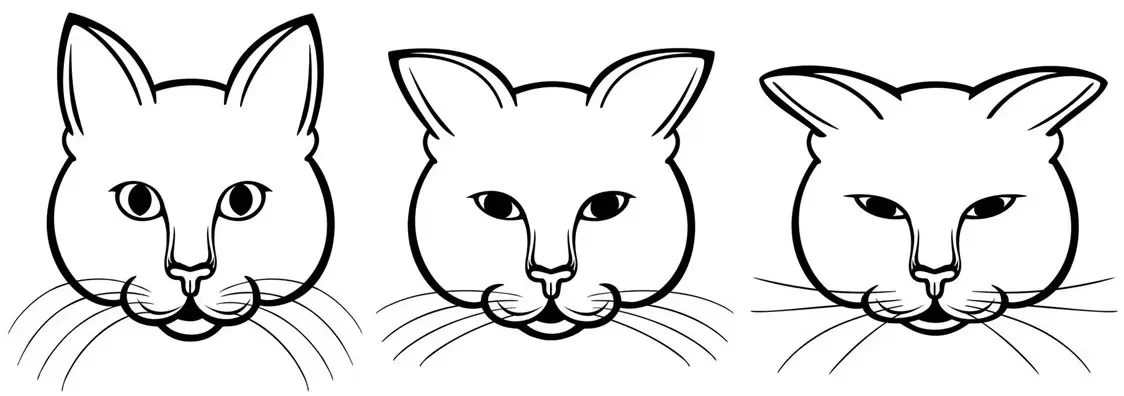
More recently, researchers at the University of Montreal ( My Alma Mater! ) developed the groundbreaking Feline Grimace Scale (FGS), which focuses specifically on facial expressions as indicators of pain (Evangelista et al., 2019).
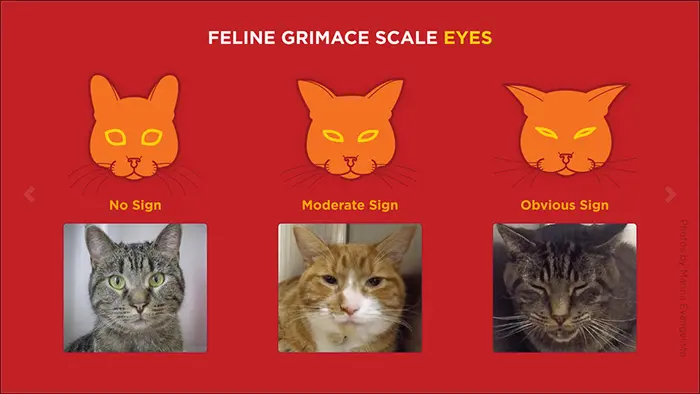
This innovative tool categorizes five facial action units indicative of pain in cats: ear position, orbital tightening, muzzle tension, whisker position, and head position, with scoring from 0 (no pain indicators) to 2 (obvious pain expression) for each feature. The Montreal team’s work has shown remarkable accuracy, with the FGS demonstrating 90.7% sensitivity and 86.6% specificity in identifying cats requiring pain relief. Click the link to learn more about the Feline Grimace Scale.
Here’s what moves me most about feline pain management: every time we successfully identify and treat a cat’s chronic discomfort, we witness a resurrection of personality. The grumpy old cat who becomes playful again, the hiding cat who rediscovers sunny windowsills, the antisocial cat who remembers they actually enjoy chin scratches. It’s the quiet return to ease, once survival isn’t the only focus.
Your cat trusts you to be their voice when they can’t—or won’t—speak up. By learning their subtle language of discomfort, you become their advocate, translator, and ultimately, their hero. Because behind that stoic exterior beats the heart of an animal who simply loves you too much to complain.
By Dr. Caroline Simard-Swimmer
Co-Founder and Medical Director, Pets After Dark
References: Reid, J., et al. (2007). Development of the short-form Glasgow Composite Measure Pain Scale-Feline. Animal Welfare, 16, 97-104. Steagall, P., et al. (2013). Systematic review of nonsteroidal anti-inflammatory drug-induced adverse effects in dogs. Journal of Veterinary Internal Medicine, 27, 1011-1019. Evangelista, M.C., et al. (2019). Facial expressions of pain in cats: the development and validation of a Feline Grimace Scale. Scientific Reports, 9, 19128.

I recently presented at the Institute of Critical Animal Studies (ICAS) conference on “Recognizing Non-Human Animals as Sentient Beings”. I
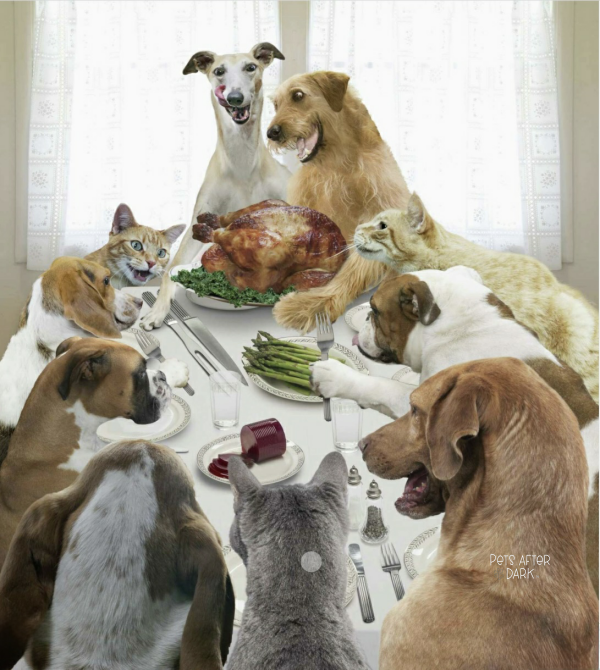
Every year around this time pet owners are warned about toxic foods and holiday hazards. And while it’s important to

Life on the Inside: How to Keep Indoor Cats Happy (and Out of Trouble) There’s something fascinating about how differently
Pets After Dark is a subscription-based service that provides expert, local after-hours veterinary care.